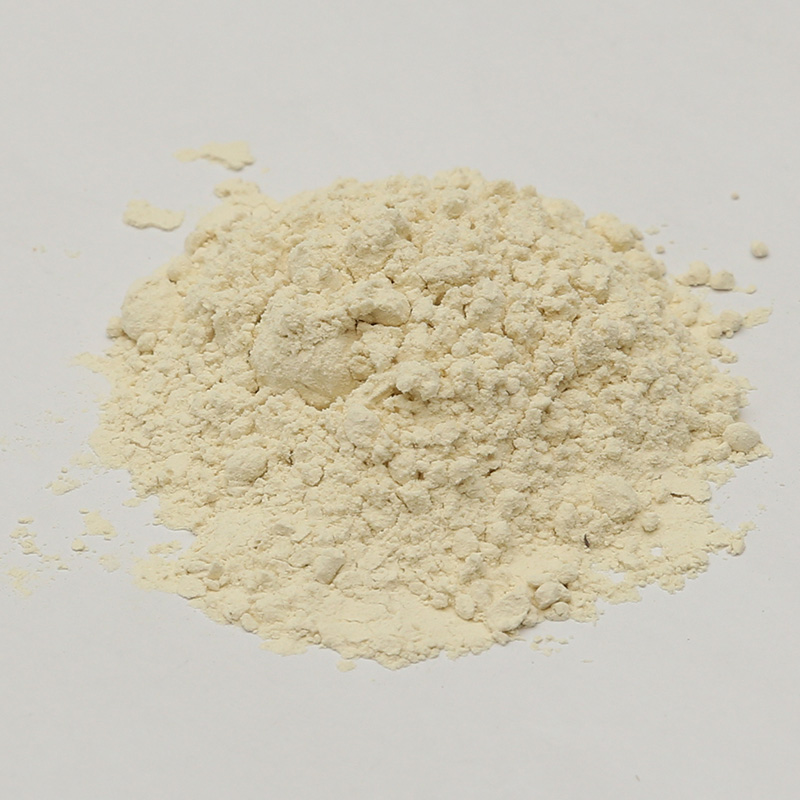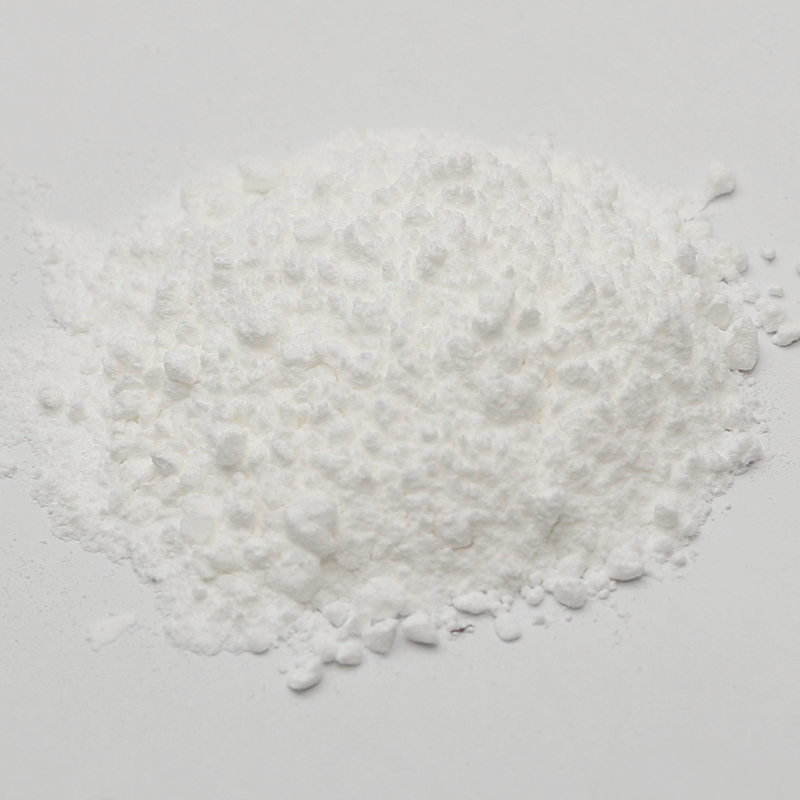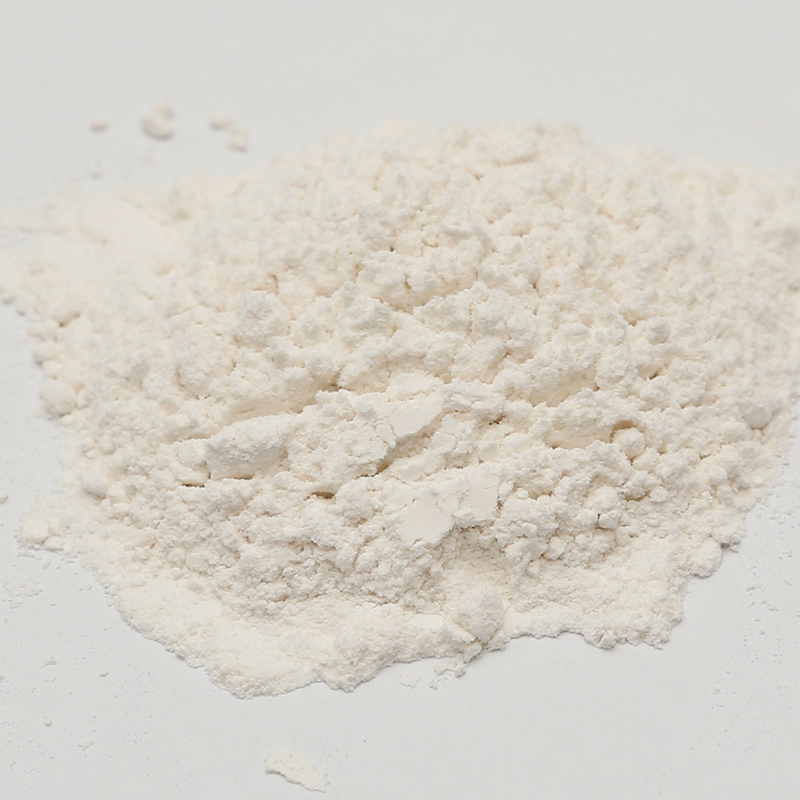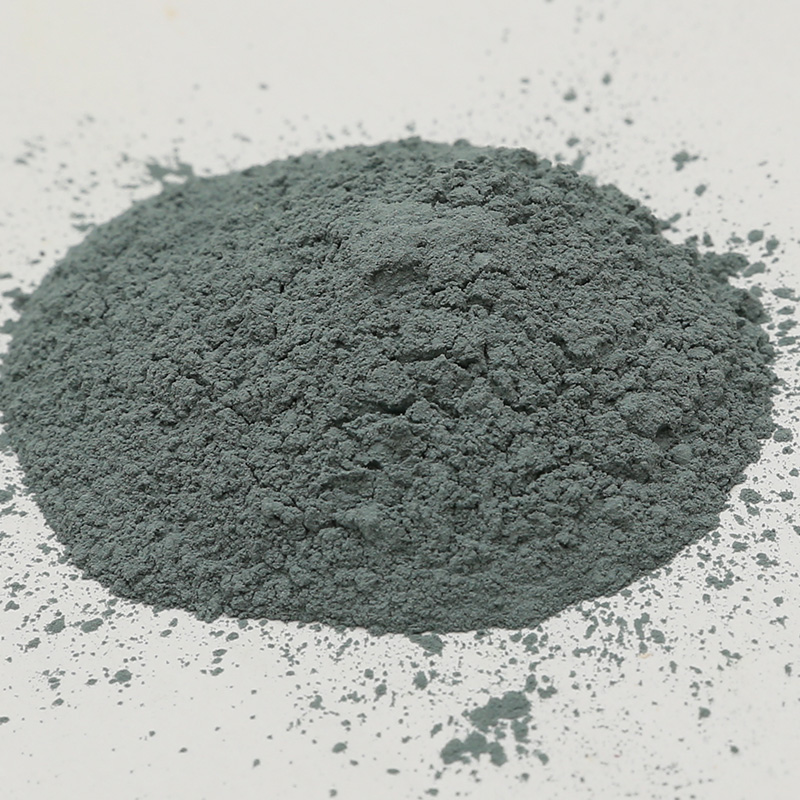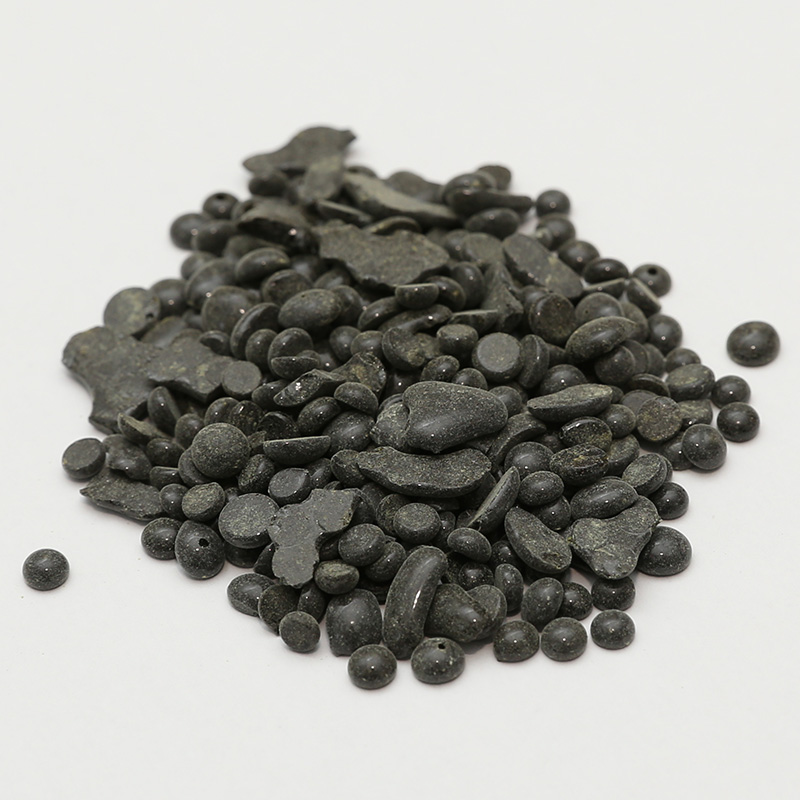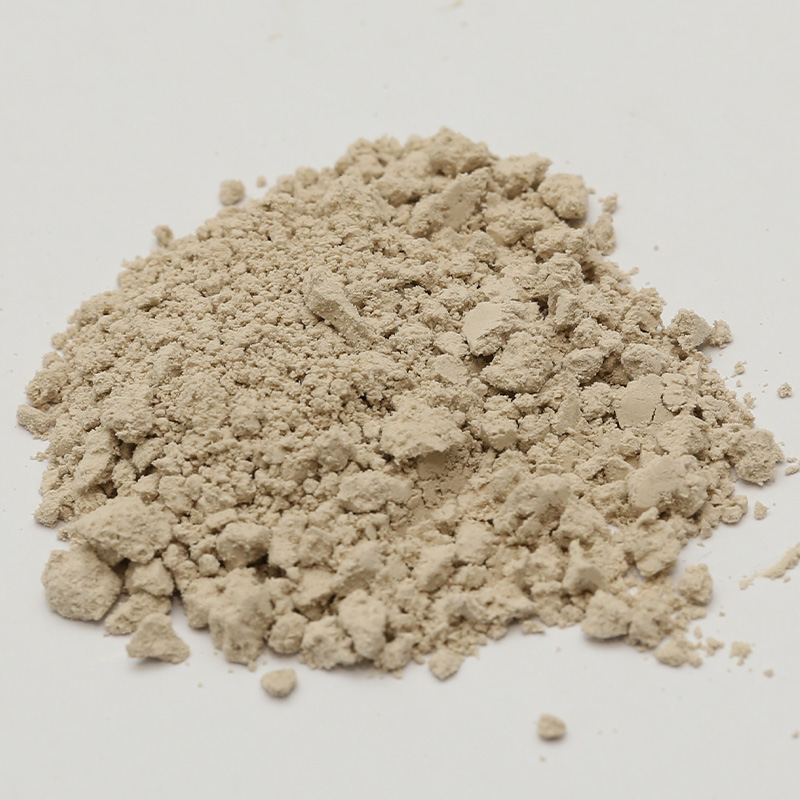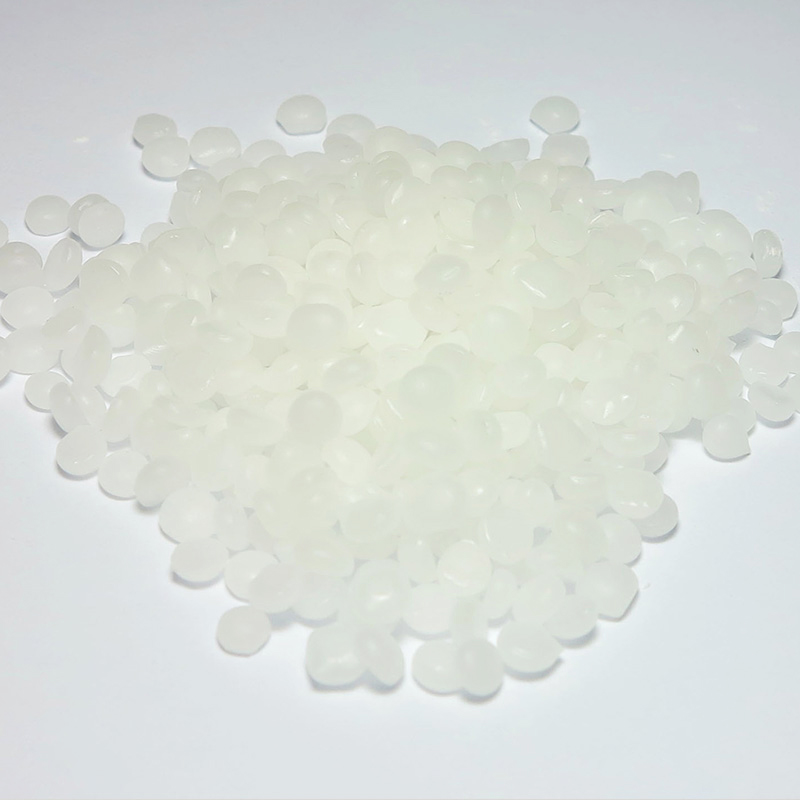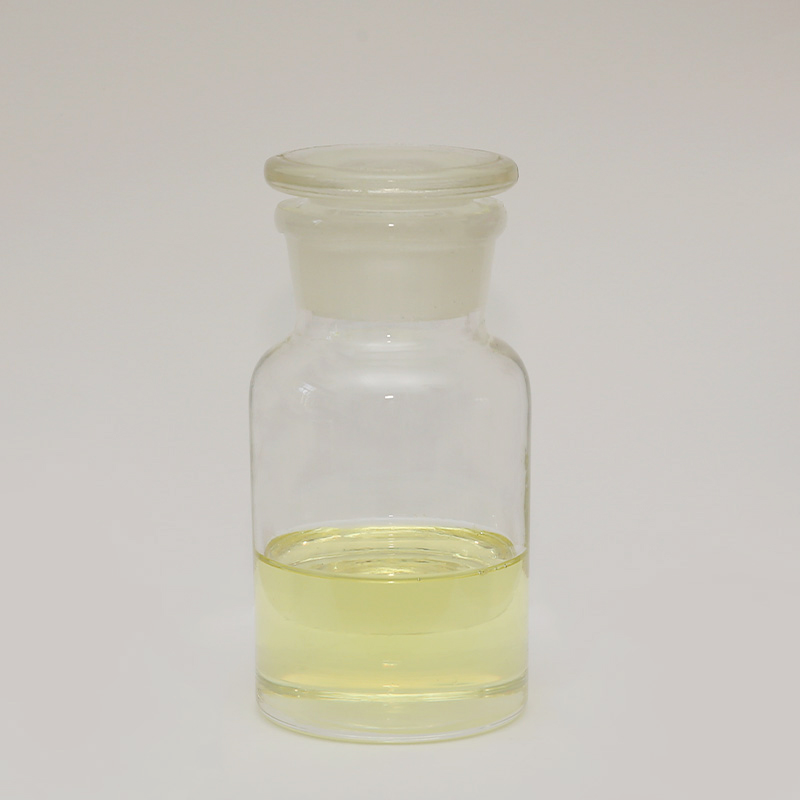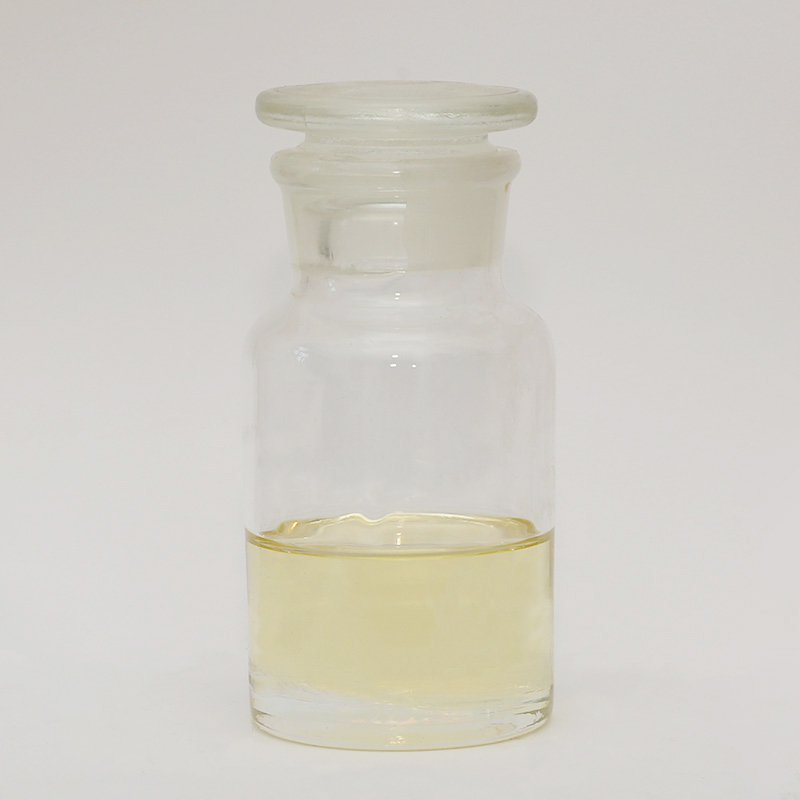Temperature is one of the critical factors affecting the performance of adhesives, particularly in industrial and consumer applications. Rubber Adhesive Agent, widely used for bonding elastomers, metals, and composites, exhibits significant variation in bond strength under different thermal conditions. Understanding how temperature influences adhesion is essential for selecting the right adhesive formulation and ensuring reliable performance across diverse operating environments. Without proper consideration of temperature effects, bonds may fail prematurely, causing product defects, safety concerns, and increased costs.

Behavior at Low Temperatures
At low temperatures, the molecular mobility of the adhesive is reduced, which can cause increased brittleness and lower flexibility. Rubber Adhesive Agent may experience decreased initial tack and slower curing rates, affecting its ability to form strong bonds. While some formulations are designed to retain elasticity under cold conditions, others may become rigid and more prone to cracking under stress. Testing adhesives at sub-zero temperatures is critical for applications such as automotive seals, outdoor equipment, or refrigeration systems, where performance under cold is required. Properly selected adhesives maintain adhesion strength even when exposed to prolonged low-temperature environments.
Behavior at Moderate Temperatures
At moderate or room temperatures, Rubber Adhesive Agent typically achieves suitable bonding performance. Molecular chains have sufficient mobility to interact effectively with the substrate surfaces, allowing the adhesive to flow, wet, and penetrate microscopic surface irregularities. This ensures the contact area and the formation of strong intermolecular bonds. Most standard formulations are designed to perform reliably in this temperature range, which covers the majority of indoor and ambient conditions. Consistency in bond strength at moderate temperatures is a key factor in mass production, as it ensures uniform product quality without requiring extensive process adjustments.
Behavior at High Temperatures
High temperatures can significantly impact the adhesive’s mechanical properties and chemical stability. As the temperature rises, Rubber Adhesive Agent may soften, reduce in viscosity, or even degrade if exposed to prolonged heat. Elevated temperatures can weaken the cohesive strength of the adhesive, resulting in decreased load-bearing capacity and potential bond failure. Thermal cycling, where materials experience repeated heating and cooling, can exacerbate these effects and cause delamination. Selecting adhesives with enhanced heat resistance or incorporating stabilizers can help maintain adhesion strength in high-temperature applications such as automotive engines, industrial machinery, or electronic devices.
Testing and Evaluation Methods
Accurate evaluation of temperature-dependent bond strength requires standardized testing methods. Techniques such as lap shear tests, peel tests, and tensile strength measurements under controlled temperature conditions provide reliable data for performance assessment. Environmental chambers are often used to simulate real-world temperature variations, ensuring that the adhesive meets application-specific requirements. Continuous monitoring of adhesive behavior across a range of temperatures allows engineers to predict long-term performance and optimize formulations for specific operating conditions.
Temperature exerts a profound influence on the bond strength of Rubber Adhesive Agent, affecting its flexibility, viscosity, and overall adhesion performance. Low temperatures can increase brittleness, moderate temperatures provide suitable bonding conditions, and high temperatures can compromise structural integrity. By understanding these effects and employing rigorous testing and quality control measures, manufacturers can ensure reliable and durable adhesive performance across a wide range of environmental conditions. This knowledge is essential for designing products that meet both functional and safety standards in diverse industries.



 English
English Português
Português Español
Español русский
русский 中文简体
中文简体